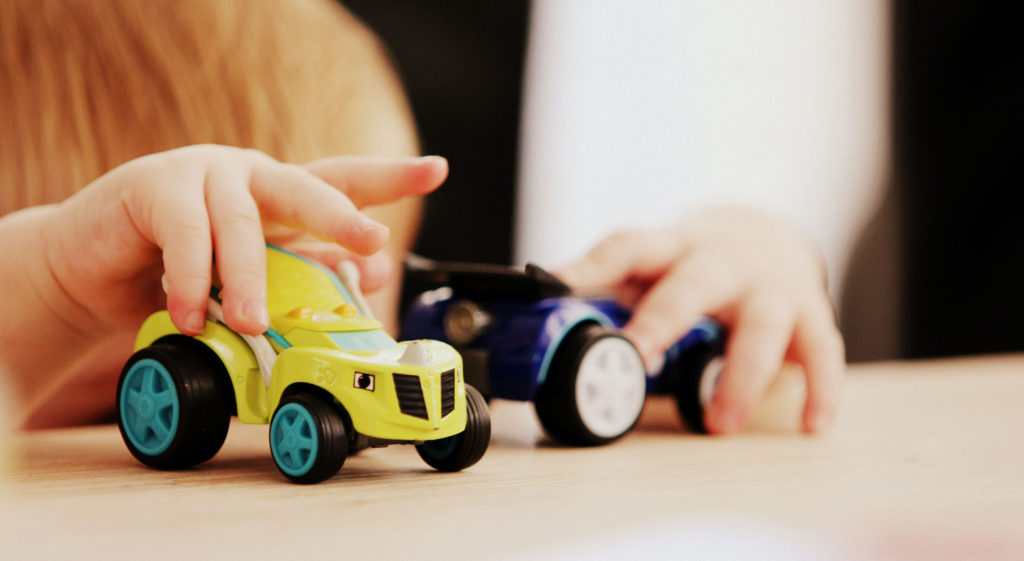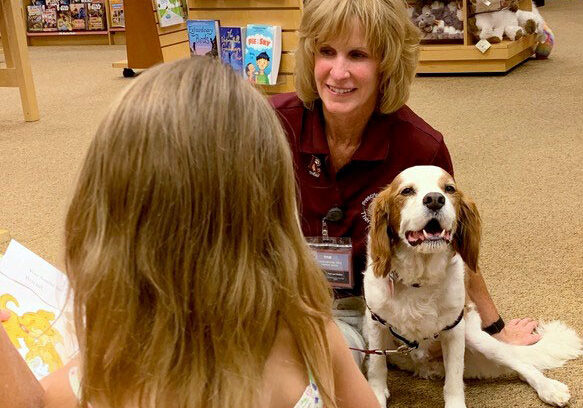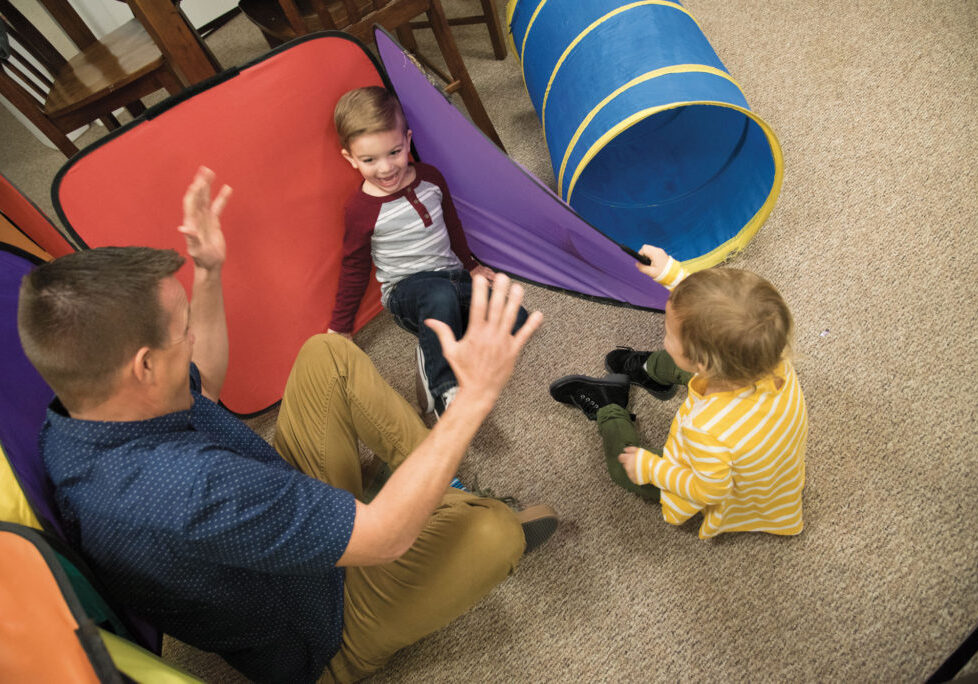Our brains are designed to produce and regulate responses to our body’s sensory experiences (sight, smell, touch, hear, and taste). For individuals with developmental disorders such as autism, the way the brain processes these experiences can cause significant distress and discomfort.
When people have sensory processing disorders, their brains may over-react to sensory stimuli or not react enough. When this happens, the sensory responses, the tactile, vestibular, and proprioceptive sensory systems, are affected.
Many special education classrooms are equipped with a sensory space to help children with such disorders. Such an area is used to provide a relaxing multi-sensory experience for children with autism, sensory processing disorders, or challenging behavior when they need a space to calm down. Sensory spaces are also great for engaging children with physical, mental, or learning disabilities.
These spaces offer several benefits such as:
- Improved mood
- Reduced aggression
- Increased self-esteem
- Expanded understanding of the environment and spatial awareness
- Improved verbal and non-verbal communication
Creating a sensory space at home
With distance learning and homeschooling on the rise, many families have struggled to provide the same sensory experiences that school or in-person therapy provided for their child.
Whether your child with special needs is learning at home or in a classroom, having a sensory space at home that encourages relaxation and quiet is always a good idea, and it doesn’t have to cost a fortune. Not many people have a whole room they can dedicate to a sensory place, and the good news is big isn’t always better! In many cases, a cozy corner will do.
Find a spot where you can quickly and easily dim the lights. If you have curtains or shades that can soften natural light, use them. One essential feature of a sensory room is that the user entirely leads the experience. Your child should decide what objects to play with and when they want to transition to the next activity, so it shouldn’t be so dark that they have trouble navigating their way around.
Essential elements of a sensory space to benefit your child
Weighted blankets. The deep pressure these blankets provide to muscles and joints can help your child calm down and relax when they need it the most.
“Chewies.” Many children with sensory issues need oral stimulation or struggle with oral motor skills. Providing sensory input to the area around the mouth, lips, and jaw offers a relaxing experience and helps with muscle tone and breath control.
Comfy seating. A room with a carpet or a large area rug with some oversized, soft seating such as beanbags or full-body pillows makes for a relaxing place to sit.
Exercise balls and ball pits. Proprioception is the body’s awareness of space and is often a challenge for children with sensory processing disorders. Exercise balls and ball pits are two cost-effective ways to provide this type of input to the spine and lower body joints.
Tactile toys. Sensory balls with bumps, fidget devices, squishy toys, or blocks with bristles are small enough to store away when not in use. You can also set up small sensory stations with rice or slime, which can get messy but are great for exploring the senses!
Studies show that sensory spaces in schools decrease negative behaviors and improve student engagement. Having a sensory area at home would benefit your child in much the same way because it would provide a sense of consistency and stability if they have a dedicated place to retreat when they’re struggling.
Posted in: Special Needs
Comment Policy: All viewpoints are welcome, but comments should remain relevant. Personal attacks, profanity, and aggressive behavior are not allowed. No spam, advertising, or promoting of products/services. Please, only use your real name and limit the amount of links submitted in your comment.
You Might Also Like...
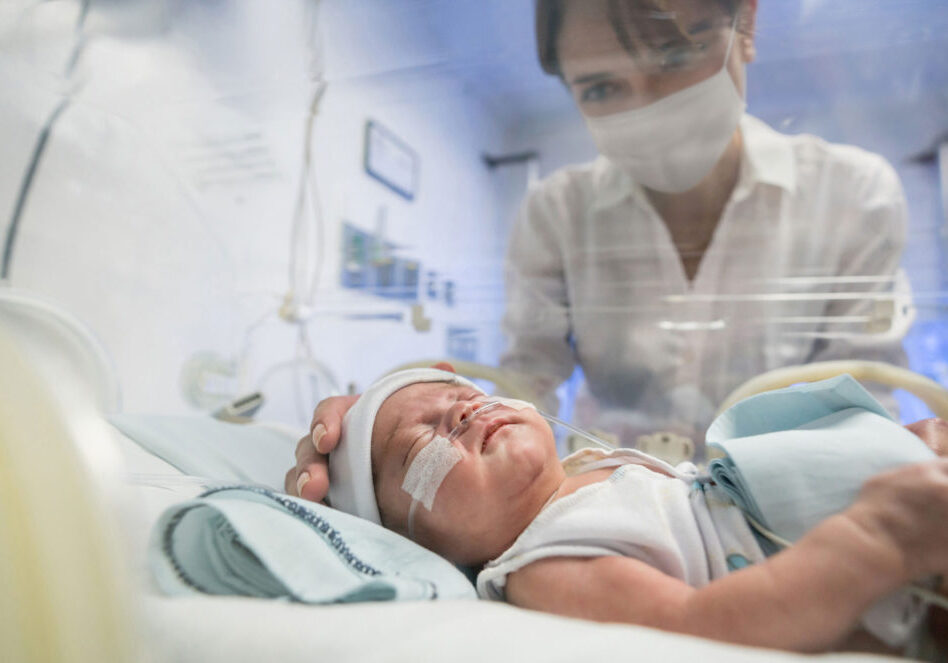
For Parents of NICU Babies, the Risk of Developing PTSD is Real
The emotional stress that parents experience when they have a child in the Neonatal Intensive Care Unit (NICU) can last long after their baby is discharged. Years later, certain sounds, […]

What Exactly IS ADHD?
October is ADHD Awareness Month — a good opportunity to learn more about this often misunderstood condition. ADHD stands for attention-deficit/hyperactivity disorder. It’s a condition that is common in all […]

Summer Road Trip Tips for Families with Medically Complex or Neurodivergent Kids
School is out, which means many families will take advantage of this time to plan getaways. Traveling with young kids is always an adventure, but traveling with medically complex kids, […]
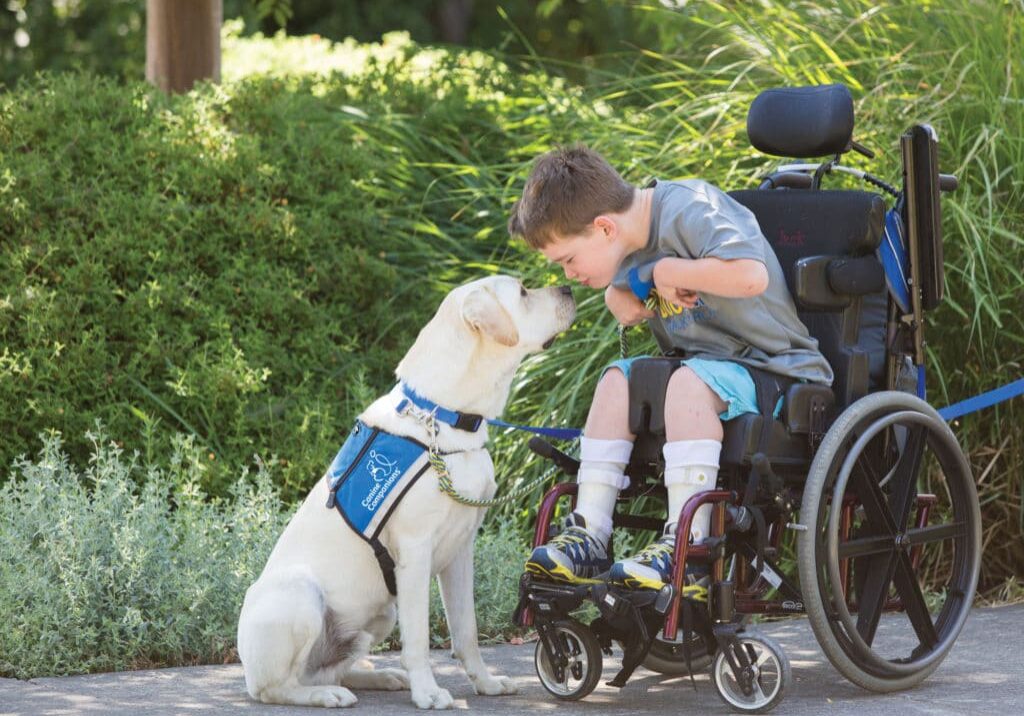
Canine Companions – Service Dogs Helping People with Disabilities
One in four Americans live with a disability and national nonprofit Canine Companions is here to help. Canine Companions is the largest national nonprofit provider of service dogs in the […]



